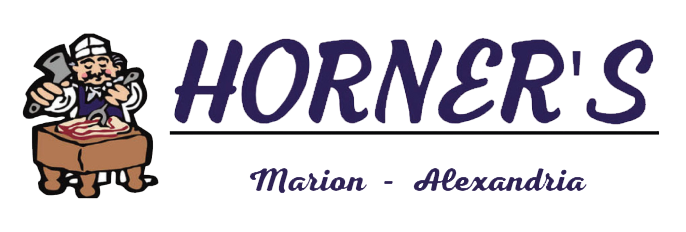When buying meat at the store, it is important to know which part of the animal the cut comes from. You will also want to know how the meat is graded so that you can buy the right quality of meat you need depending on the type of recipe you are putting together. This rule applies no matter the type of meat you are buying, from short ribs to steak.
Different Cuts of Meat to Choose From
Some grocery stores retail meat that is processed by private vendors. However, the product should always have labels that specify the quality and fat content.
Cuts of Beef
If you are looking to buy USDA beef, you should know that cuts of beef come from various parts of the cow. You can view a chart of the different types of beef cuts to help you understand what cooking process to use for each.
- The most tender cuts that can typically be pan-fried, grilled, or roasted are rib, loin, and sirloin.
- Chuck steaks can be grilled or marinated or put in a slow cooker.
- Round is different depending on the type of cut you get. Braising, or pot roasting works great, but there are some cuts that you can even pan fry.
- Brisket and shank need to be braised or another slow cooking method should be used to reach the full tenderness of the meat.
Watch out for USDA Prime, USDA Choice, and USDA Select for grading standards when buying beef cuts.
USDA Lamb
The better quality lamb cuts come from younger animals that are six months to a year old. Depending on the age, the quality will vary. Different types of cuts for lamb are:
- Shoulder: roast or broil
- Neck: braise
- Rib: broil, roast, or pan fry
- Loin: pan-fry or broil
- Sirloin: roast
- Foreshank: braise
- Leg: roast
- Hind shank: braise
- Breast- braise: pan-fry or roast depending on the cut
You can choose from the following grade types when purchasing lamb:
- USDA Prime
- USDA Choice
- Lower quality grades are not typically marked with grade labels when being sold at supermarkets.
Cuts of Pork
Pork comes from young animals and is not as tender as beef due to age. There have been many genetic changes in the breeding stock to produce leaner carcasses. When you purchase pork, make sure that you look for cuts that have the least amount of fat on the outside and that have firm grayish pink meat with the least amount of marbling.
Different cuts of pork include:
- Loin: most tender cuts can either be grilled, roasted, or pan-fried
- Shoulder: one of the toughest cuts but can be simmered, smoked, or braised
- Boston butt: can be pot-roasted, roasted, or braised
- Belly: spare ribs can be braised and then grilled
- Hind leg or ham: this can be roasted or smoked
Final Word
It is important to know the different cuts of meat and how you should buy and cook them. This will help you determine how to serve them at their highest quality and flavor. Always make sure you are choosing the right cut for your recipe. Avoid overcooking it, and always use one of the above-suggested cooking methods for the best results.
